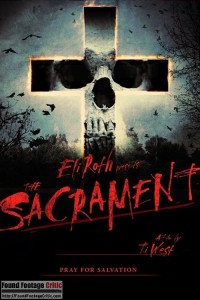 “The Sacrament” is a found footage horror film written and directed by Ti West that is based on the real-life Jonestown cult massacre. Patrick (Kentucker Audley), a young photographer, is approached by Sam (A.J. Bowen), a fictional reporter with the actual alternative news service VICE. Patrick has received a cryptic letter from his sister, a former addict now living with a secretive religious group, inviting him to join her at a location overseas. Sam convinces Patrick to allow him and a cameraman, Jake (Joe Swanberg), to tag along and report on the church.
“The Sacrament” is a found footage horror film written and directed by Ti West that is based on the real-life Jonestown cult massacre. Patrick (Kentucker Audley), a young photographer, is approached by Sam (A.J. Bowen), a fictional reporter with the actual alternative news service VICE. Patrick has received a cryptic letter from his sister, a former addict now living with a secretive religious group, inviting him to join her at a location overseas. Sam convinces Patrick to allow him and a cameraman, Jake (Joe Swanberg), to tag along and report on the church.
Upon arrival in an unnamed African country, the trio find a compound named Eden Parrish, surrounded by armed guards. Inside, the surroundings appear pastoral and the members of the congregation friendly and happy, all devoted to their beloved leader whom they call Father. However, cracks soon begin to appear in the idyllic facade. It becomes apparent that Eden Parish is a dangerous cult. When Sam, Patrick, and Jake attempt to leave the compound, they inadvertently trigger a series of events that places the entire congregation in danger, and find themselves fighting for survival.
The film is helmed by acclaimed young writer/director Ti West, known for the well-received indie horror films The Innkeepers and The House of the Devil. The Sacrament is Ti West’s second found footage outing, having previously written and directed the segment “Second Honeymoon” from V/H/S (2012), which also featured actors Joe Swanberg and Kentucker Audley. Interestingly, Swanberg (who directed his own V/H/S segment) is also an influential indie director, and is considered one of the founders of the mumblecore movement, whose emphasis on realism, stripped-down production, and naturalistic dialogue coincides with aspects of the found footage genre.
Jonestown Cult Massacre – Blending Fiction with Reality [Potential Spoilers]
The plot of The Sacrament closely follows the infamous Jonestown mass suicide in 1978. In 1960s California, the Christian evangelist Jim Jones began gathering followers to his Peoples Temple. Parishioners were attracted by the church’s liberal social values and Jones’ charismatic personality. Using his intense persuasiveness and increasing paranoia, Jones convinced his followers that they were under attack by the government, coercing them to relocate to a settlement in Guyana they named Jonestown. In Jonestown, Jones’ rule became tyrannical and relatives of his followers back in the United States became increasingly concerned for their family members in the church. After Congressman Leo Ryan visited Jonestown to investigate claims of abuse, Jones decided they were in imminent danger of attack by the government and commanded his followers to commit what he called “revolutionary suicide” by drinking cyanide-laced Flavor-Aid, in addition to ordering the murder of Ryan and several other visitors. In total, 909 people died, including children, although it is unclear how many did so willingly or under coercion. Prior to September 11th, the Jonestown mass suicide was the largest loss of civilian life in a single deliberate act in American history. Certainly, many viewers of The Sacrament will find the apparent exploitation of such a tragedy in poor taste. In addition, the film contains several scenes showing dead children, including the graphic, onscreen murder of a young child.
Reason for Filming
The reason for filming is initially strong: the crew are experienced documentarians covering a story. However, at around the halfway mark, when the action escalates from merely tense into outright dangerous, it becomes increasingly implausible that the characters wouldn’t simply drop their cameras and run. This is particularly true of Jake, who is carrying a large, heavy camera while he is chased on foot by armed men or hiding, terrified for his life. These scenes could be somewhat excused if the film had more strongly established Jake’s emotional investment in capturing the story. This aspect of Jake’s character, though, is not fully established enough for his attachment and sense of duty to explain why he endangers his own safety by continuing to film.
The horrific climax of the film is primarily shot by a member of the cult at Father’s instruction. This justification for filming does in fact echo the real Jonestown cult massacre, as Jones recorded his speech inciting the heinous atrocities on audio tape, now known as the “Jonestown Death Tape.” Had the suicides occurred in the 2010s, rather than the 1970s, it is plausible that they would have been recorded on camera. This justification for filming is the most interesting way in which the movie modernizes the Jonestown story.
Found Footage Purity
The Sacrament compromises found footage purity by including an opening credits sequences within the first fifteen minutes. As the film takes an edited mockumentary format, credits listing directors, producers, or editors would be plausible. The Sacrament‘s opening credits, however, are decisively non-found footage, including the names of the actors portraying fictional characters, thoroughly undermining the film’s believability. Title cards stating the date and time are interspersed throughout the film. By contrast, these titles could be justified as a feature of a documentary, though the time cards themselves largely weren’t necessary to convey the plot or build tension; thus, they could have been excised in order to increase a general found footage feel.
Following the opening credits, the The Sacrament does a fair job in found footage execution, but contains a significant amount of background music, which detracts from the found footage feel. If the film had presented itself as a tried-and-true mockumentary, the background music would be acceptable, but The Sacrament doesn’t clearly commit to a cinematic style to make that determination. Additionally, The Sacrament contains several scenes where the camera POV abruptly shifts between characters during a conversation which has more of a narrative feel and would be very challenging to achieve with one camera. Finally, the film contains a misplaced scene towards the end, where footage is shot from a location with no known in-universe camera source. This divergence, albeit a small one, may take viewers “out of the moment” due to the scene not fitting within the found footage conceit of The Sacrament.
Realism/Immersion
The inclusion of VICE News as a central plot point lends a sense of realism to the proceedings as the story presented does come across as one VICE would cover. However, this approach undermined by an opening text block which offers a brief descriptio of VICE News, something VICE obviously wouldn’t need to do. If The Sacrament is intended to have been created as an assemblage of the VICE found footage edited by another documentarian, the opening sequence of the film makes more sense – but the genesis of the film is never made clear, leaving the premise in an odd limbo. Nonetheless, the film puts forward naturalistic acting and minimal, but convincing special effects, so the bulk of the footage does appear realistic.
Believable Cinematography
Most of the film is through the point of view of Jake’s professional-grade camera, supplemented as time goes on by Patrick’s smaller digital camera. The scenes shot either by one camera or the other often stretch the limits of what would be possible to cover with a single camera, even in the hands of a skilled videographer. In particular, there are scenes in the latter part of the film where an untrained person uses Patrick’s camera to film, and the results are implausibly good. The film does not offer a discernible difference between the quality of footage captured by professional versus novice videographers. Both capture the same smooth, crisp footage – in the case of Patrick’s camera, unrealistically so. The overall quality of the cinematography feels more cinematic than found footage. The Sacrament contains one noteworthy scene near the end, which cleverly subverts found footage audiences’ expectations of the connection between camera point of view and character point of view.
Plot
The plot follows the real Jonestown story nearly beat-by-beat – a group of outsiders investigates an insular religious group which has traveled from the United States to a third world country, under the command of a charismatic leader. Although the group puts up an idyllic front, it becomes clear that abuses are occurring. Several cult members request to leave with the outsiders, prompting the leader to coerce his followers into performing one of the more horrific acts one will find in found footage.
Don’t Drink the Kool-Aid – Recreating History as Found Footage [Spoilers]
Where The Sacrament differs from its inspiration is in its creation of the central journalist characters. Sam and Jake roughly take the role of Senator Leo Ryan in the real Jonestown story. Senator Ryan traveled to Jonestown with a group of concerned family members of Temple parishioners and journalists on an official government investigation. Several residents of Jonestown requested to leave with Ryan, citing abuses in the settlement. Although Ryan was forced to leave Guyana, he promised to return and help all Americans who wished to leave to do so. Jones, fearing the loss of his absolute control over the cult, sent one of his followers to pose as a defector, and then opens fire on the plane, killing Ryan and several others. Like Ryan, Sam and Jake hear complaints of abuse from the cult members, promise to return with help, and are shot at when they attempt to leave.
The film succeed in replicating many details from the original story: the cult originally drawing in members with a facade of liberal social values, a member passing a journalist a note asking them to help her, children having poison squirted into their mouths with syringes, the cult leader’s drug use, and finally, the leader dying of a self-inflicted gunshot. However, its very devotion to the Jonestown story renders the film itself predictable and even plodding at points. The audience already knows where the story is going; the characters’ ignorance, therefore, is frustrating, and most of the runtime is spent waiting for the climactic suicides to begin. Although well-shot and overall well-acted, the emotional impact of the mass murder-suicide sequence is somewhat blunted by the knowledge of the actual tragedy, images of which have been seared into the cultural memory. Placed in comparison, the loss of fictional life is more difficult to become emotionally invested in than it would in a film not based on a well-known true story. If The Sacrament is considered on its own merit, ignoring the underlying facts on which the film is based, then many of these misgivings are excusable.
Believable Acting
The acting in The Sacrament is overall strong. A.J. Bowen as Sam adeptly portrays his growing uneasiness and sense of conflict between his role as a journalist and his moral sense as a soon-to-be father. Amy Seimetz (Caroline) turns in likely the best performance of the film, as a manic, fanatical woman devoted to her cause and certain that what she is doing is right. Kentucker Audley (Patrick) and Joe Swanberg (Jake) have less screentime, but make good use of what they have. Audley features in the standout scene of the film alongside Seimetz. With little dialogue and limited space, the two still manage to create an exchange that is utterly heart-wrenching and forms the emotional heart of the film. Gene Jones, while not necessarily bad in the role of Father falls somewhat short of expectations. As the cult leader, he fails to quite convey the raw charisma that men like Jim Jones use to manipulate their followers. His performance, instead, is rather subdued even in the most extreme moments, lacking the energy and fierce emotion of real Jones speeches.

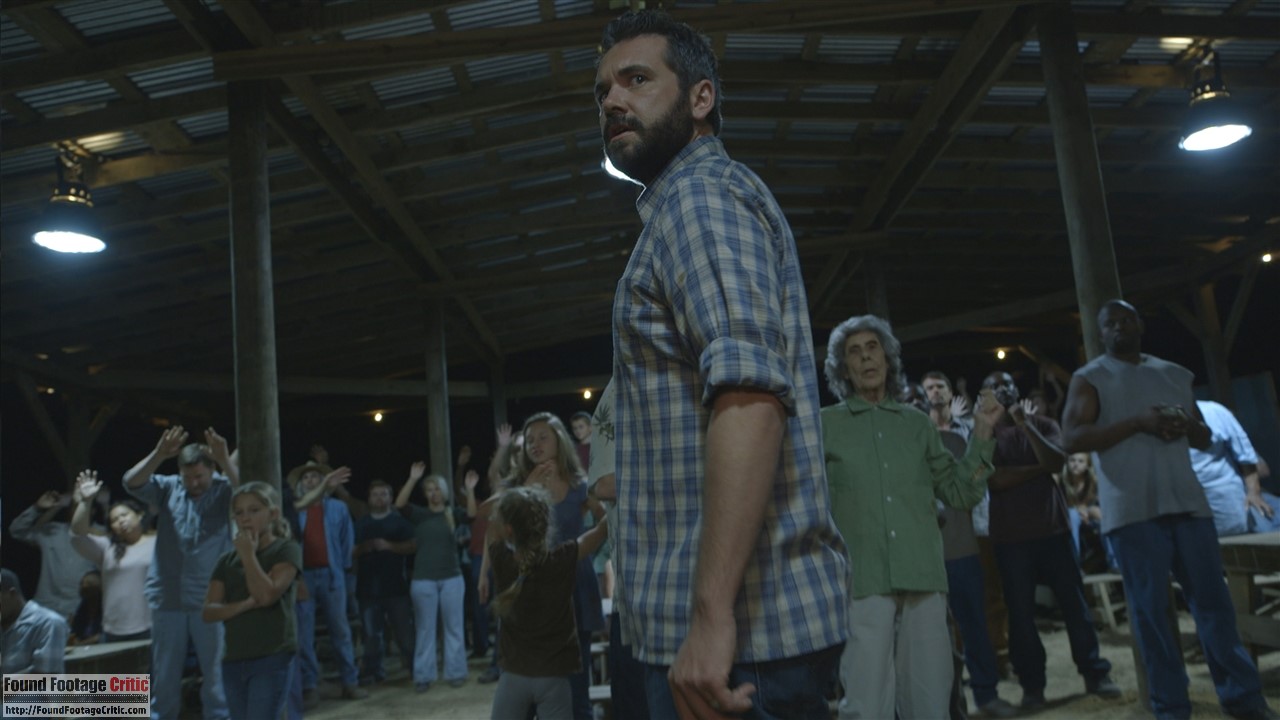
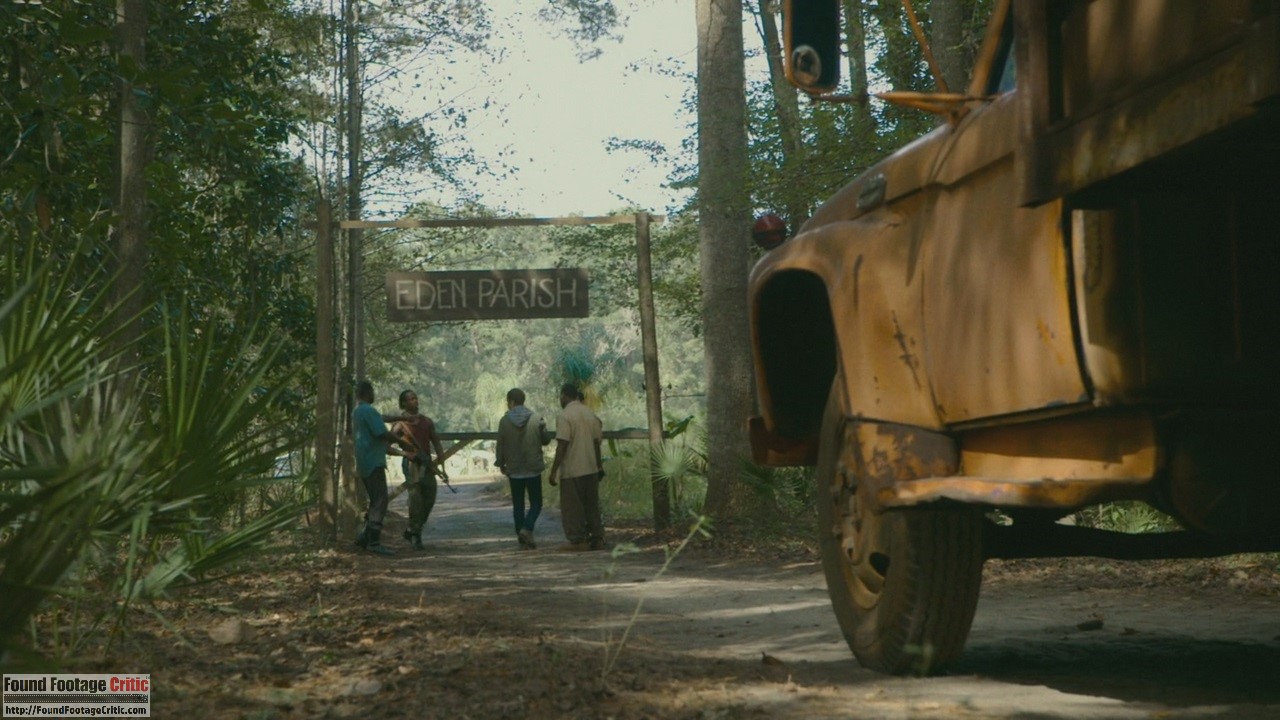
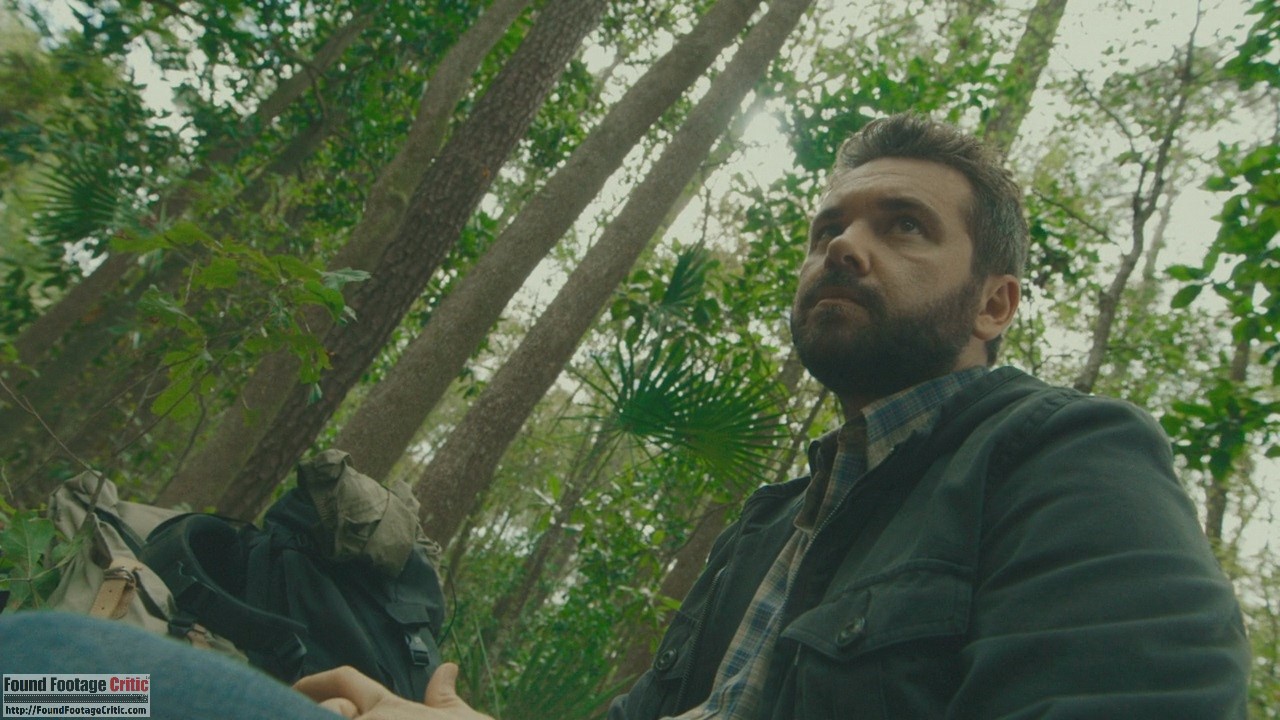
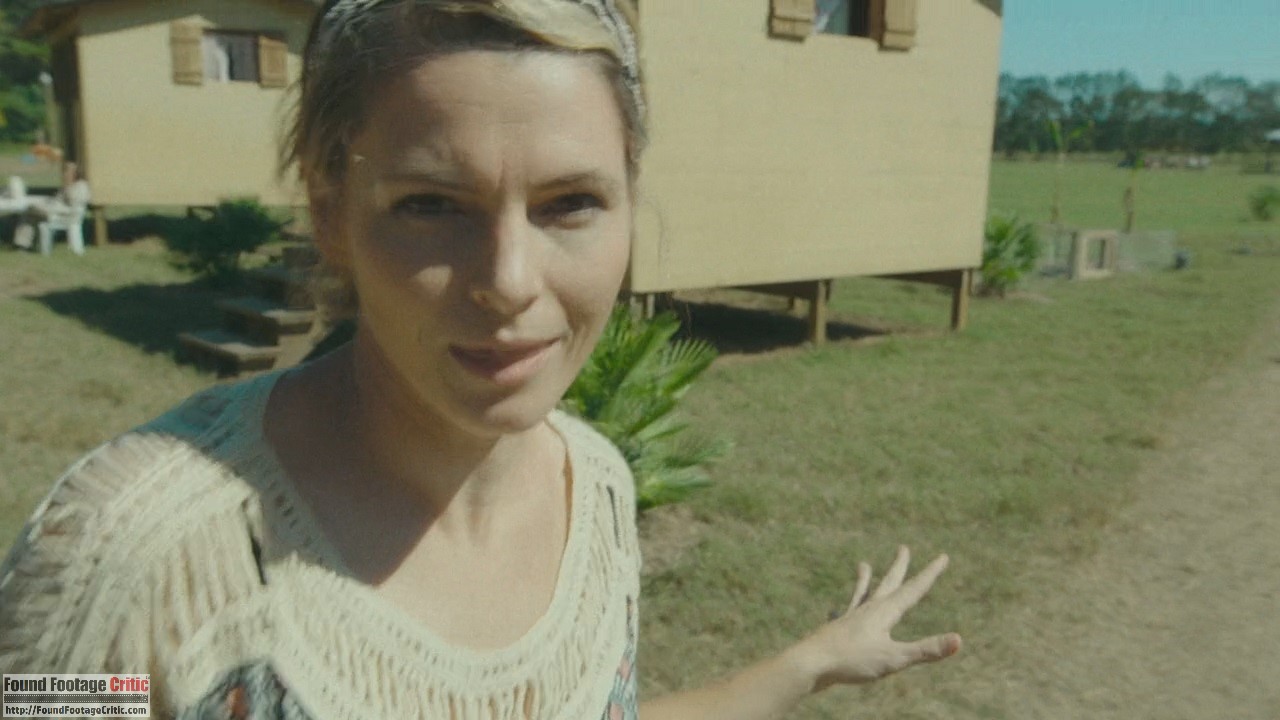
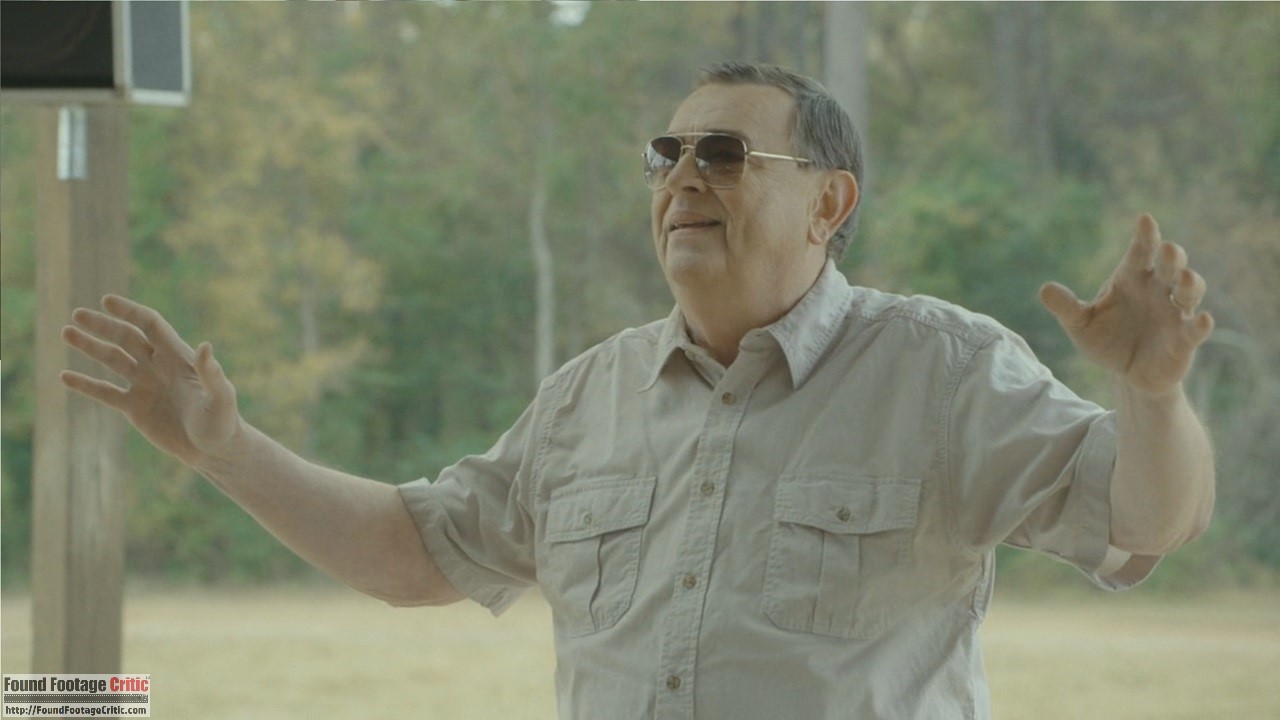
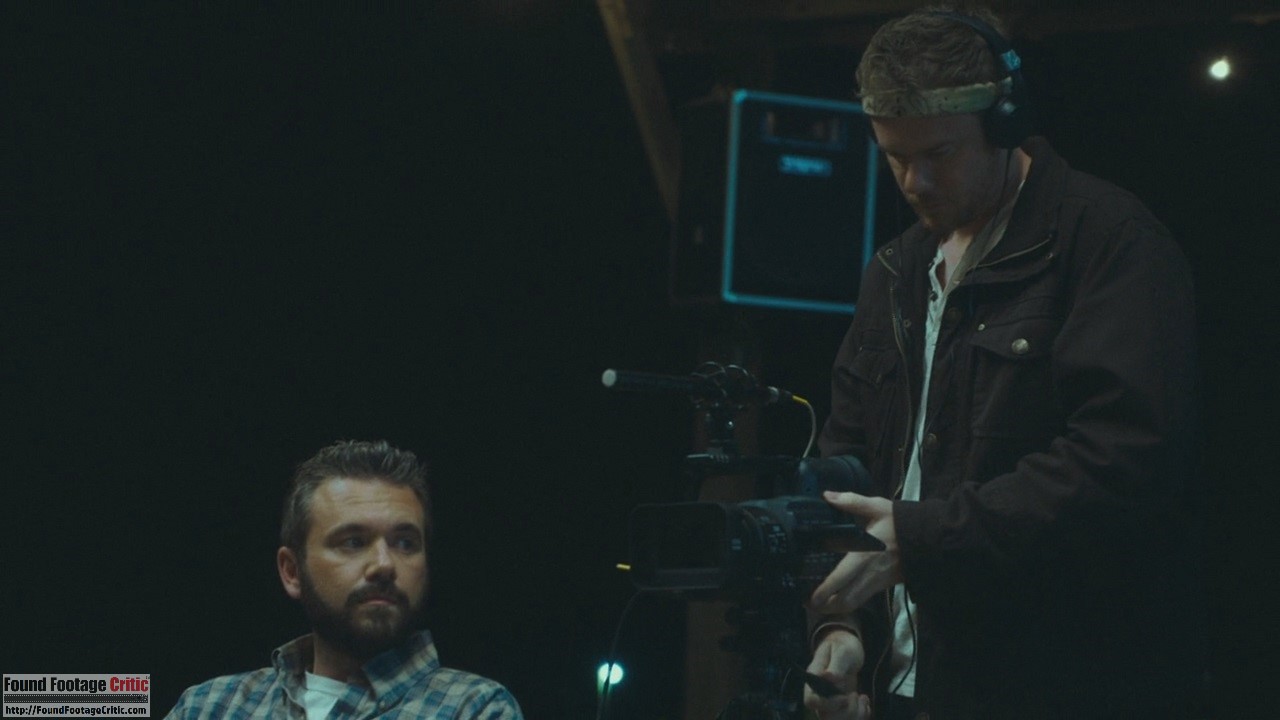
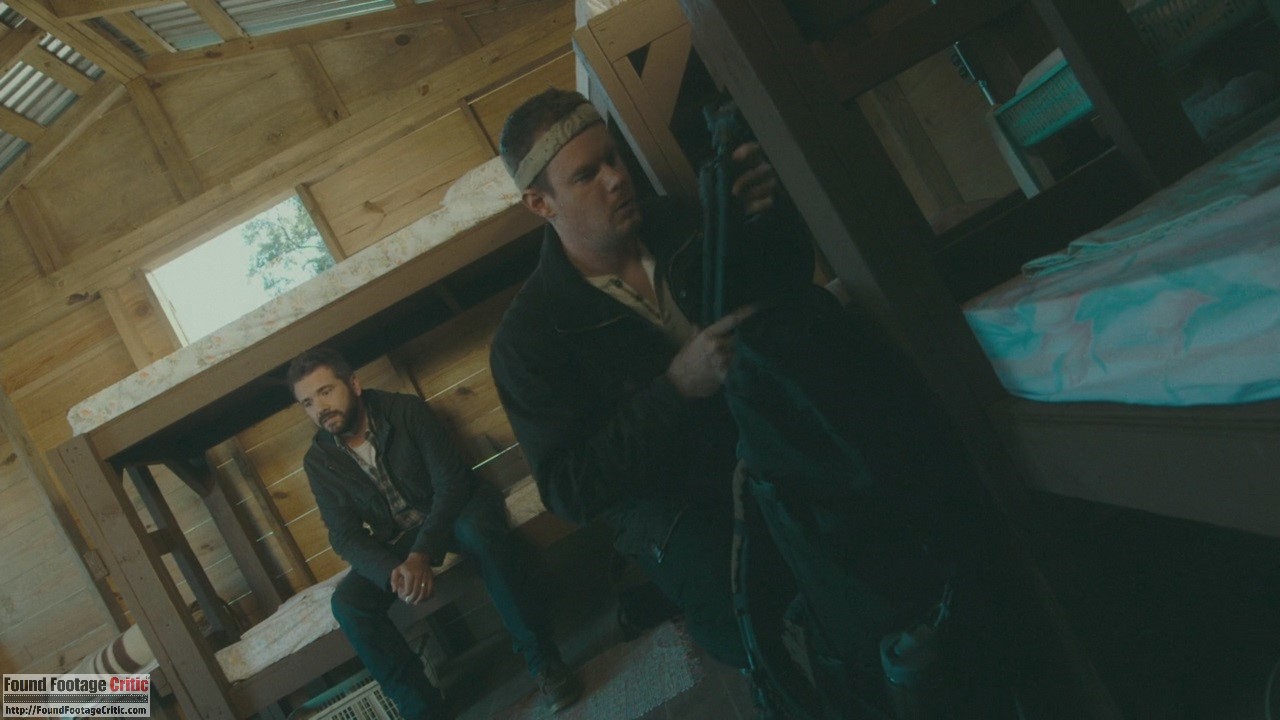
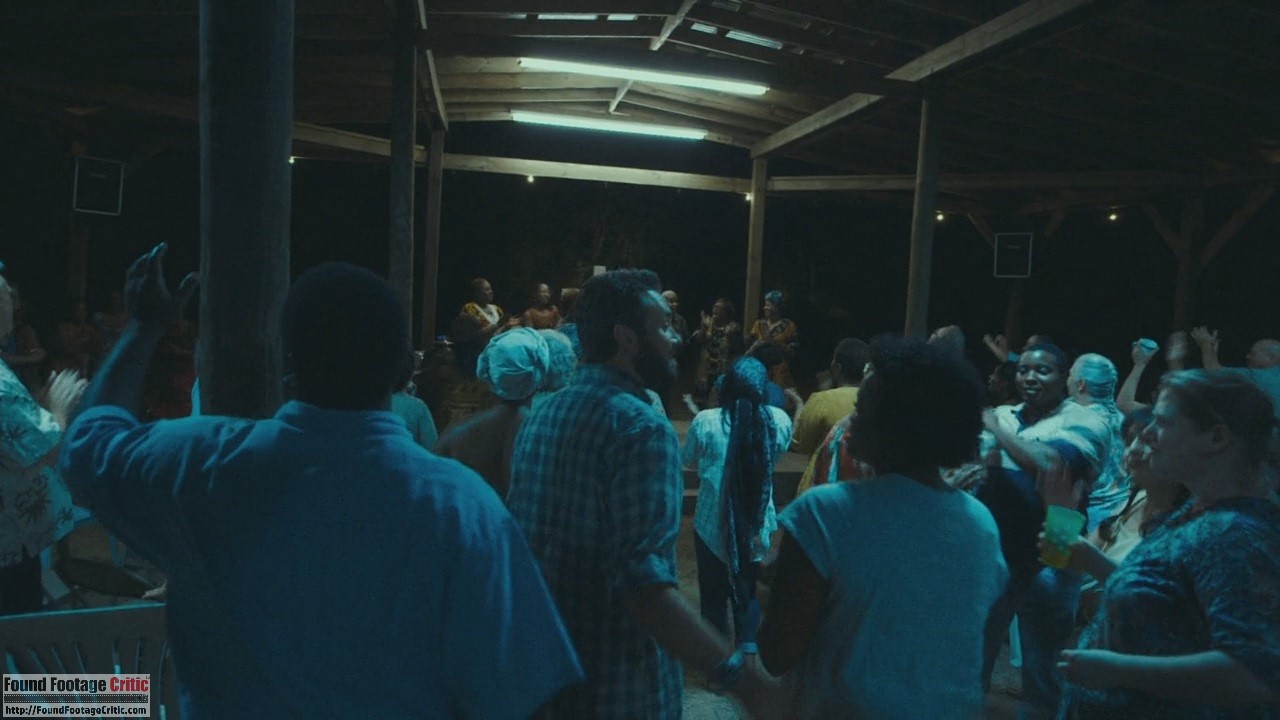
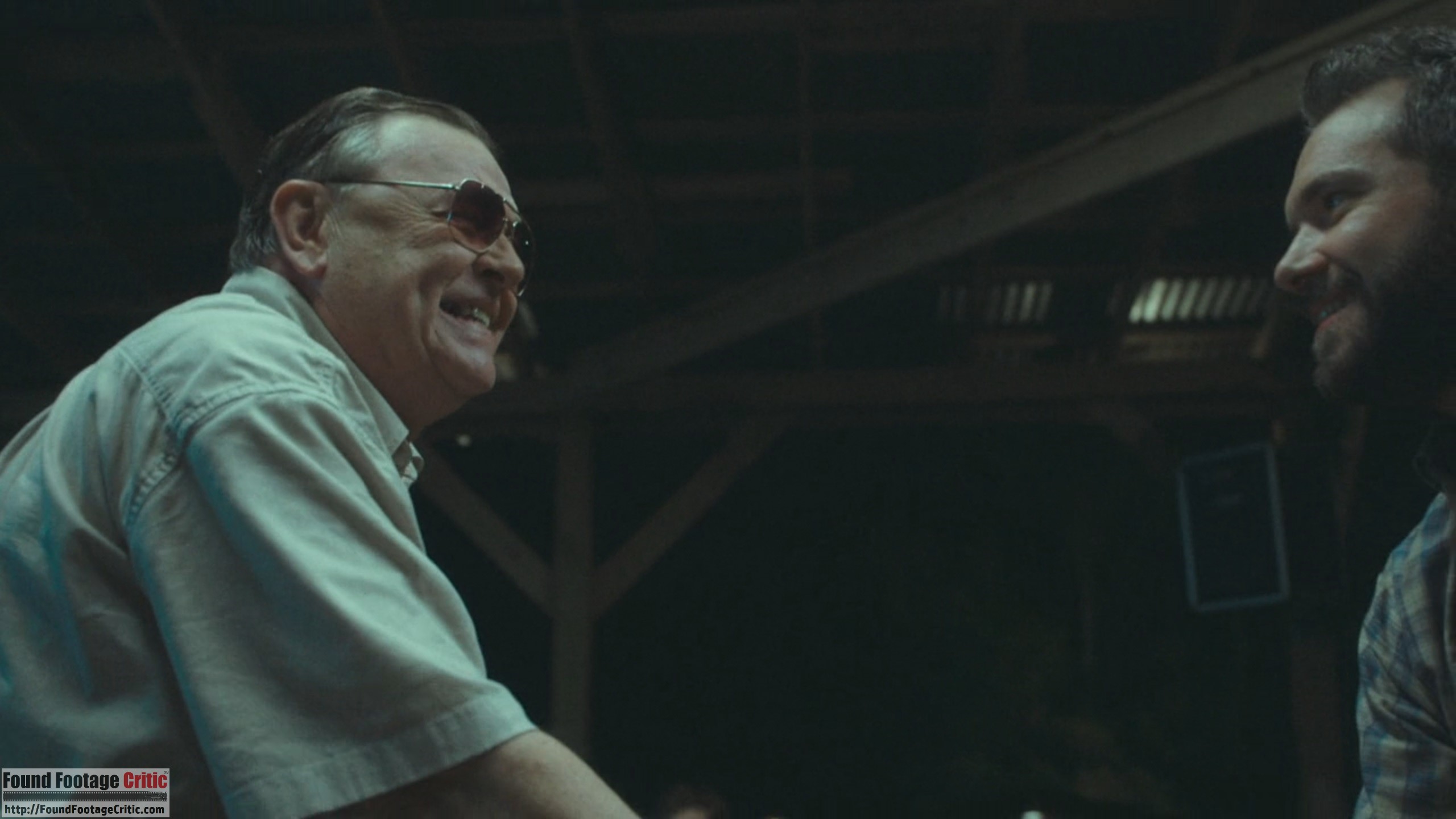
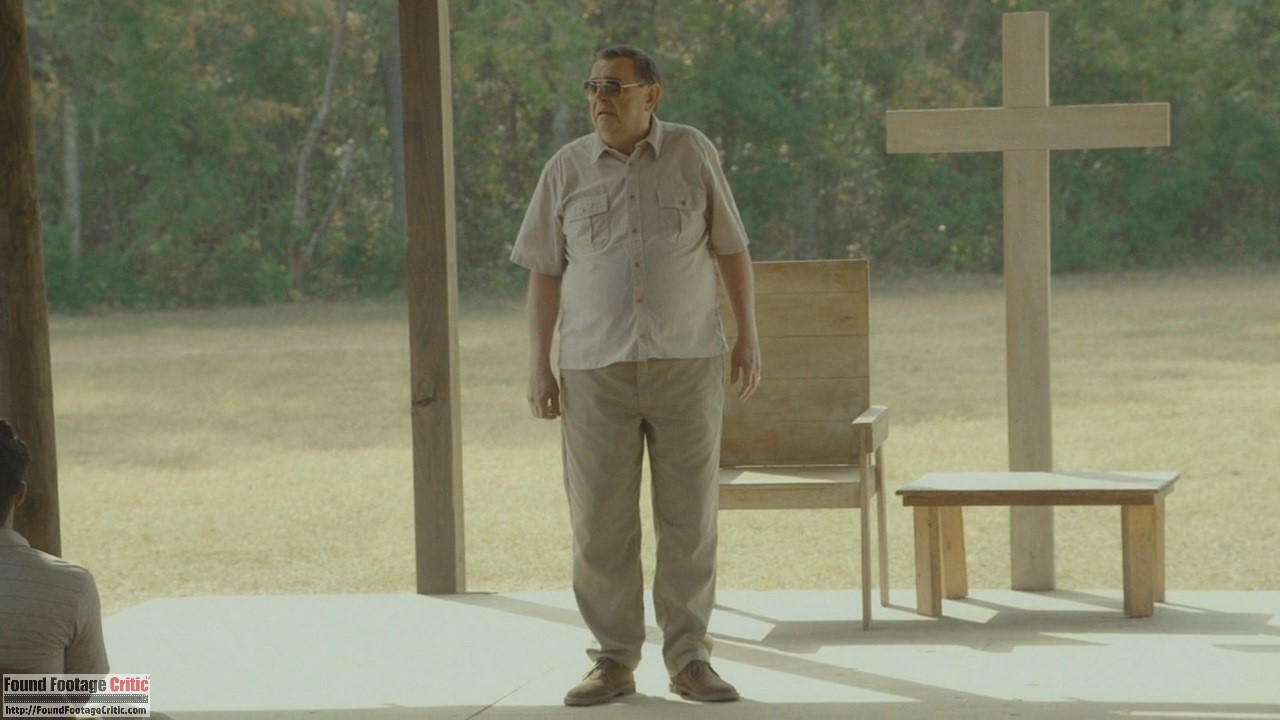
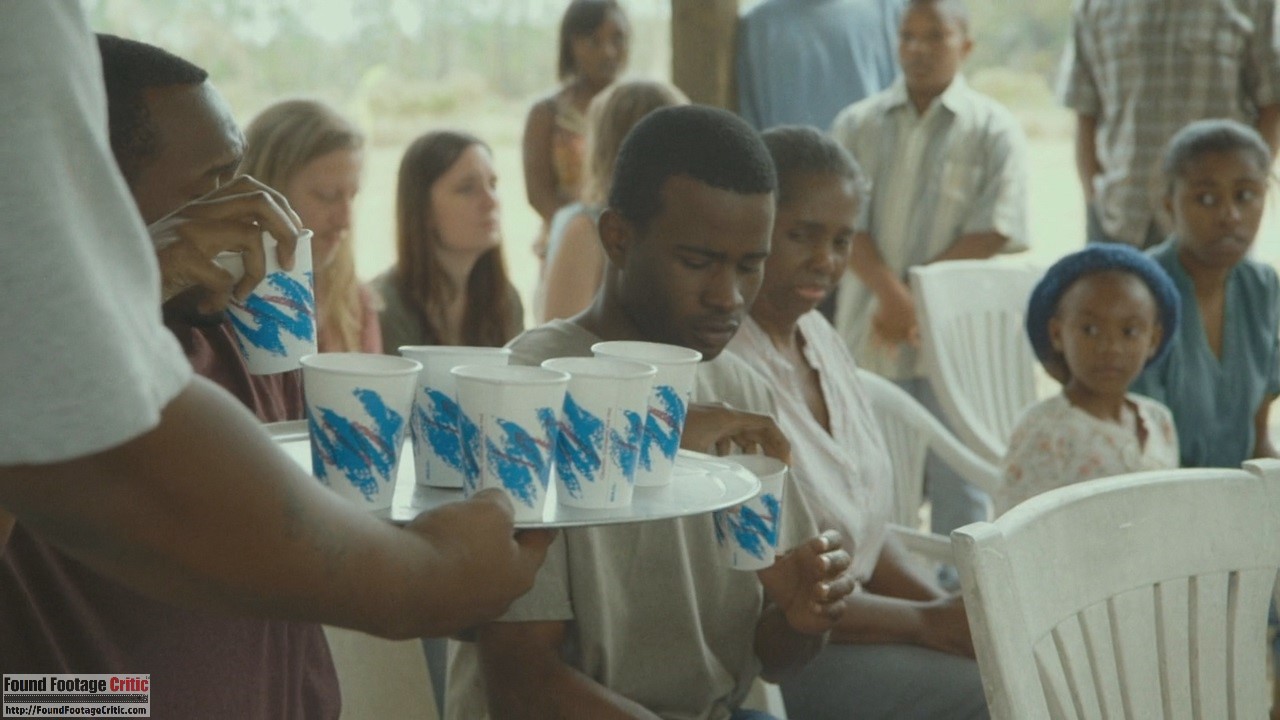
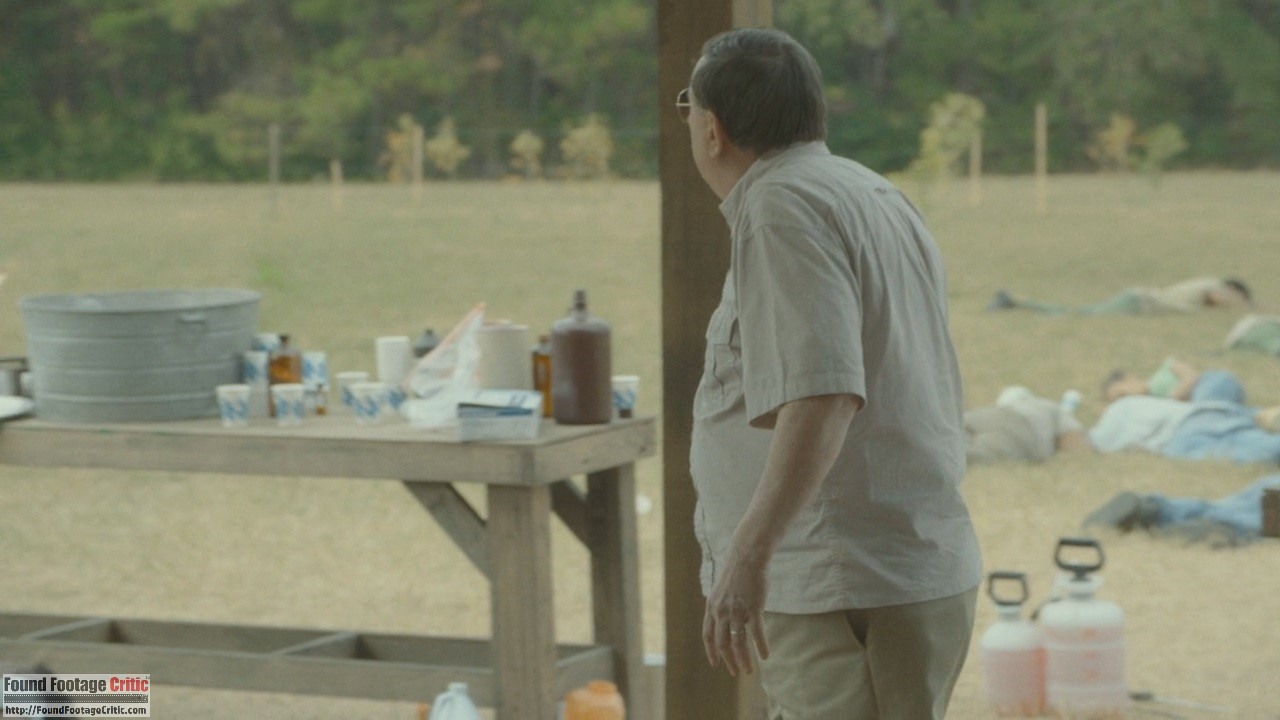
2 Comments
I gotta give u guys props. The most Indepth reviews I’ve ever read . I’ve watched this film couple views and I just wanted to see your take. Great review. I’ve been coming back every night to read up on all the movies
That’s what we love to hear! And thank you again for your kind words. 🙂